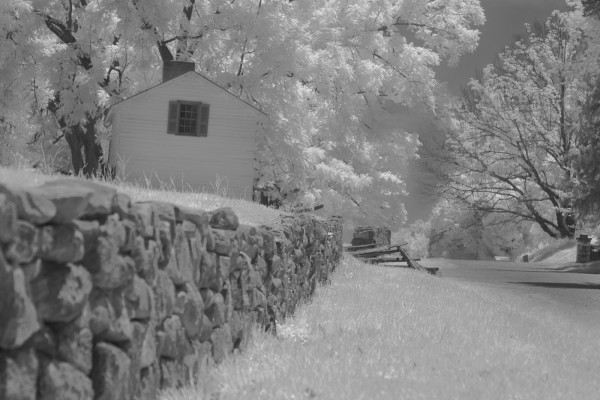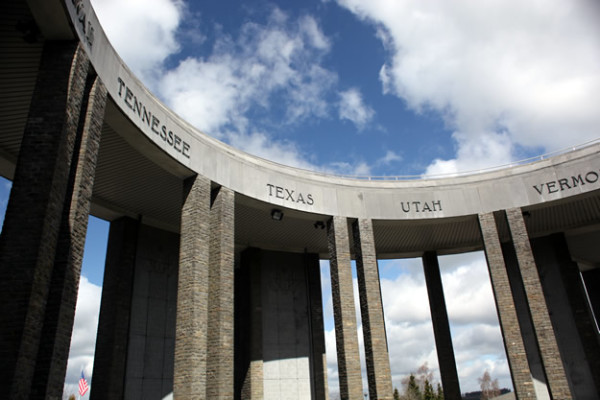I have trekked battlefields dating back to the Greco-Persian Wars and made more than three dozen trips to Gettysburg, so I am avid supporter of battlefield preservation.
Until recently, I thought the only enemies of preservation were apathy or necessity. Quite simply, people do not know about the ground upon which they want to build an airport or they believe building a casino at Gettysburg will drive much-needed dollars into the community.
Then there’s Pete, a 91-year-old World War II veteran who challenged my belief. Pete saw action in Normandy, Bastogne, and just about everything in between. He had a quick fling with a Luxembourgish girl while serving in Patton’s army. In Germany, he was finally wounded from shrapnel, which just missed his heart. There, he saw concentration camp survivors who had been transported from the east. This man’s story was so incredible it sounded like a Tom Hanks production.
Today, he lives in Fredericksburg, which he described as “a town built around worshipping the Civil War.” This was not a compliment.

While I learned the outline of experience, he never wanted to talk about his time in the war; he just wanted to tell a funny anecdote about meeting a Wehrmacht veteran at a retirement home. I asked about his time in the war and he told us bits and pieces.
At that point, I shared I had been to Bastogne after a Belgian insisted I visit while in the area. I barely mentioned the massive Mardasson Memorial as something he should see before he interrupted me. “Why? I wouldn’t want to see those places again.”

He went further to explain that he’s not interested in war movies or books. As for Fredericksburg, “Just bulldoze it over. Why would you want to remember any of that?” He had clear disdain for preservation and was ready to move on from the horrors of war.
Pete was unimpressed at the notion of commemorating the dead or allowing future generations to remember. Instead, he saw society moving on from wars as the real commemoration. Although he did concede that Holocaust museums might serve to inform younger generations who lacked his firsthand experience with concentration camp survivors.
Pete is no corporate bigwig attempting to build a Pizza Hut. Instead, he is a national treasure that spent his younger days fighting Nazis 70 years ago. While that does not guarantee infallibility, it does bring weight. Should not veterans have some say in how we commemorate their wars?
While I do not agree with Pete, he is not wrong either.
We are in a golden age of battlefield preservation that was absent from much of human history. Three weeks in Greece was all I needed to realize how difficult it is to find unmarked fields. Even Marathon rests under housing developments while Thermopylae lies beneath about 20 feet of sedimentary deposition (thanks, mother nature!). While I wish that more had been done over the past 2,500 years to preserve these fields, I understand the impracticality of it all. Today is different though, as we have groups like the Civil War Trust and The Battlefields Trust toiling hard to preserve these grounds.
Still, when I do find battlefields hidden among farms accessible only through unmarked roads, it was well worth the effort. It reminds me of the words of Pericles–“The whole earth is the tomb of famous men, and not only inscriptions set up in their own country mark it but even in foreign lands an unwritten memorial , present not in monument but in mind, abides within each man.”
Preserved or not, people like me will remember and visit these battlefields.
